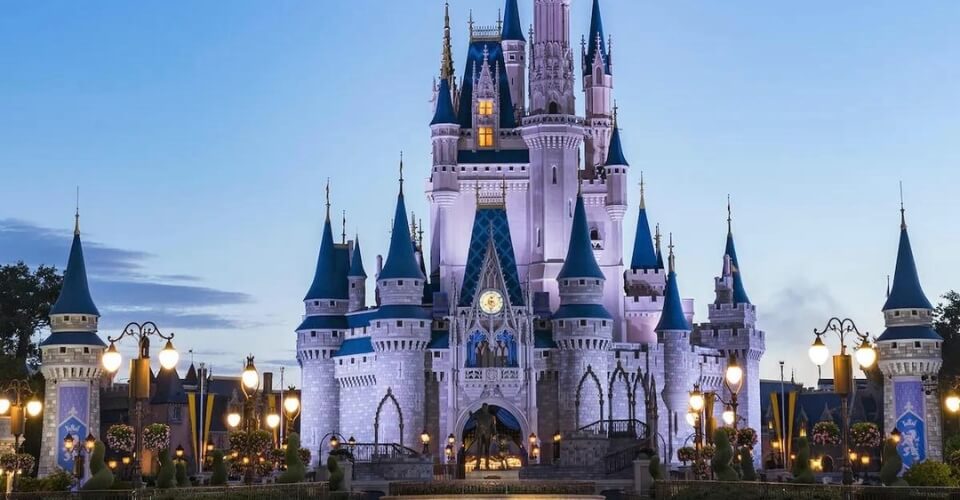Vacationers who walked into Disney World this Fourth of July got to experience something out of the ordinary. Space to move around freely. This summer, the crowd at Disneyland is nowhere near the excruciating peak it reaches, and it has confused many travelers.
It is the first time in years that Disney’s US Park has been so empty during the peak holiday season. According to Disney executives, they had expected weaker earnings from the US parks this year. The Orlando resort is even offering hotel discounts during a time when even getting a reservation used to be a matter of luck.
So why are US Disney parks relatively empty despite a record high of travelers this holiday? Did the crowd get bored of the land of magic already? Here’s the answer in detail.
Why Is Disney World Empty?
Several reasons for the declining number of visits to Disney theme parks this summer exist. Part of it might be due to Disney raising its admission prices and eliminating most free amenities. The cost of a two-day ticket for adults has risen from $225 to $ 285.
Undoubtedly, visitors are balking at the price hike, but some have also developed a soured attitude towards other park developments. Disney has intentionally thinned crowds by hiking prices as they aim to improve the park experience for fewer visitors who will spend more money.
Disney executives have already announced that they expected weaker earnings from their US parks this year. From streaming losses to political and legal fights, Disney is facing quite a lot of challenges at the moment.
Nonetheless, those who did visit the parks were pleasantly surprised at the extra elbow room and fewer queues.
Why Is So Much of the Land at Disney World Undeveloped?
Once people enter Disneyworld, a common question in their minds is, “Why is the area so sparse?” or “Why hasn’t Disney built anything on all the extra land?” While it seems obvious that Disney should keep building more attractions on their massive 25 thousand acres of land, here’s why they can’t.
When Disney World was first proposed, the property sat in a very remote area in Central Florida. In 1967, a special taxing district called Reedy Creek Improvement District (RCID) was formed to act as a county government, after which Disney could turn the uninhabited area of pasture and swamp land into a global destination.
As Disney World started coming to life, thousands of acres were set aside to dedicate as conservation areas. The conservation is still critical to Disney’s plans, and according to RCID, around 62% of the land is undeveloped or classified as open space. This means that one-third of the land in Disney World will never be developed into recreational sites.
RCID further notes that 62.5% of the district will remain uncovered by pavement and buildings. A large portion is also dedicated to conservation, which addresses the management of natural resources like groundwater, surface water, plant, and animal life, as well as soil and minerals. Disney is required to protect the wetlands.
A lot of land is also not sustainable for building. Around 64.2% of Disney’s undeveloped land is actually classified as ‘Unsustainable for building’, which includes wetlands and upland conservation areas.
So what will happen with so much unusable land? RCID says that around 51% of the entire district will remain undeveloped. Among the areas suitable for development, 25% are still vacant.
The takeaway is that Disney World is much bigger than you have ever realized, and even with the conservation constraints, there is a big area that can still be built upon over time.
So while you are wondering about the open space and the opportunities missed, remember that it is all for conserving the natural beauty and for your own safety.

